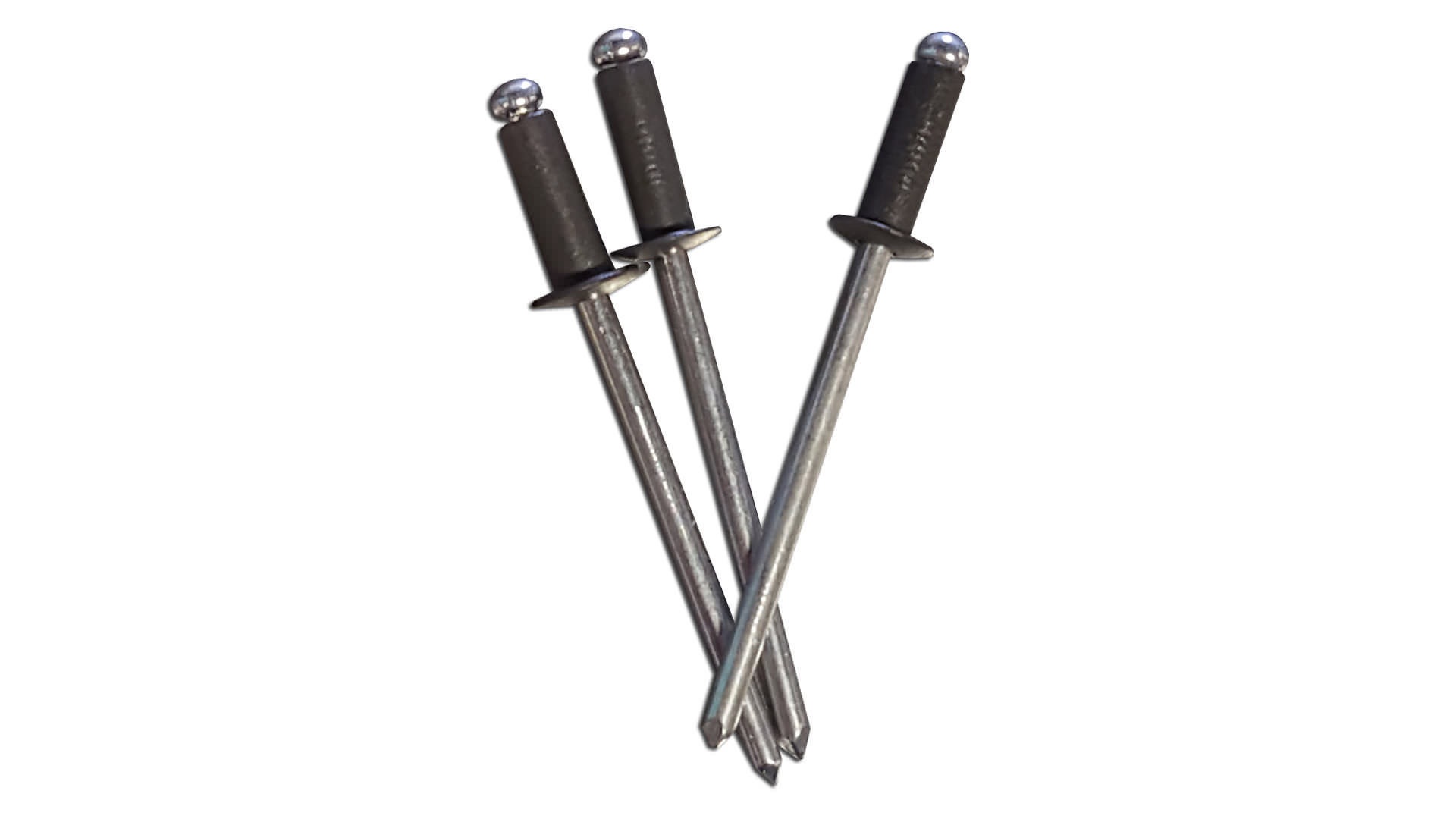

Articles
What Size Rivets For Gutters
Modified: December 7, 2023
Looking for articles on what size rivets are needed for gutters? Find comprehensive information and expert tips on selecting the right rivets for your gutter installation.
(Many of the links in this article redirect to a specific reviewed product. Your purchase of these products through affiliate links helps to generate commission for Storables.com, at no extra cost. Learn more)
Introduction
When it comes to installing or repairing gutters, one important component that often gets overlooked is the choice of rivets. Rivets are essential in securing the gutter components together and ensuring a leak-free system. However, selecting the right size rivets for gutters is crucial in maintaining the structural integrity and functionality of the gutter system.
In this article, we will explore the importance of understanding rivets for gutters and the factors to consider when choosing the appropriate size. We will also discuss the common rivet size options available and provide tips for properly installing rivets in gutters.
By the end of this article, you will have a comprehensive understanding of rivets for gutters, enabling you to make informed decisions and achieve a successful gutter installation or repair project.
Key Takeaways:
- Choosing the right rivet size for gutters is crucial for a leak-free and durable installation. Consider factors such as gutter material thickness, load-bearing capacity, and environmental conditions to make an informed decision.
- Proper installation of rivets in gutters is essential for a secure connection. Follow preparation, positioning, drilling, insertion, setting, and inspection steps to ensure a reliable and long-lasting gutter system.
Read more: What Size Gutters Do I Need
Understanding Rivets for Gutters
Rivets are mechanical fasteners that are widely used in various applications, including gutters. They consist of a cylindrical shaft with a head on one end and a tail on the other. When installed, the tail of the rivet is deformed, creating a permanent connection between the gutter components.
The primary function of rivets in gutters is to provide a secure and watertight joint between gutter sections, downspouts, end caps, and other accessories. They play a crucial role in keeping the gutter system intact and preventing leaks, which can cause damage to the home’s foundation and landscaping.
Rivets for gutters are typically made from aluminum or stainless steel, offering excellent corrosion resistance to withstand the elements. They come in various sizes, each suitable for specific applications, depending on the thickness of the gutter material and the type of connection required.
It is important to note that rivets should not be confused with screws or nails. Unlike screws, which create a threaded connection, rivets form a permanent bond between the gutter components. Additionally, rivets offer a more aesthetically pleasing appearance, as they are flush with the surface of the gutter, eliminating any protrusions.
An understanding of rivets for gutters is paramount when it comes to selecting the appropriate size for your specific project. The next section will delve into the factors to consider when choosing the right rivet size for gutters.
Factors to Consider when Choosing Rivet Sizes for Gutters
Choosing the right rivet size for your gutter project is crucial to ensure a secure and lasting connection. Here are some factors to consider when selecting rivet sizes for gutters:
- Gutter Material Thickness: The thickness of the gutter material is a critical factor in determining the appropriate rivet size. Thicker gutters require longer and stronger rivets to penetrate and securely hold the components together.
- Type of Connection: Consider the type of connection you need to make with the rivets. If you are joining gutter sections end-to-end, you may require longer rivets compared to connecting a downspout or attaching an end cap.
- Load-Bearing Capacity: Evaluate the load-bearing capacity of the gutters, particularly in areas with heavy rainfall or snow. If your gutters are prone to carrying significant water volume or dealing with snow accumulation, you may need larger and stronger rivets to handle the additional weight and stresses.
- Environmental Factors: Take into account the environmental conditions in your area. If you live in a coastal region where saltwater corrosion is prevalent, opt for stainless steel rivets that offer better resistance to rust and corrosion compared to aluminum rivets.
By considering these factors, you can make an informed decision regarding the rivet size that will best suit your gutter project. However, it’s important to note that the specific manufacturer guidelines and recommendations should also be taken into account when choosing the appropriate rivet sizes.
In the next section, we will explore the common rivet size options available for gutters, which can serve as a helpful reference during the selection process.
Common Rivet Size Options for Gutters
When it comes to selecting rivets for gutters, there are several common size options available. The most prevalent sizes range from #44 to #84, with the larger number denoting a larger rivet size. Let’s take a closer look at these common rivet size options:
- #44: This smaller rivet size is suitable for lighter applications, such as attaching smaller gutter accessories like end caps or brackets. It is commonly used for thinner gutter materials (around 0.025 inches).
- #43: Slightly larger than #44, this rivet size is still appropriate for lightweight connections and works well with thin gutter materials.
- #42: Ideal for medium-weight applications, #42 rivets are often used for joining gutter sections. They offer a good balance between strength and versatility and are compatible with a range of gutter material thicknesses.
- #41: This size is commonly used for heavier gutter materials or when there is a need for a more secure connection. It provides increased strength and durability for projects involving thicker gutters or areas with harsh weather conditions.
- #84: The largest rivet size on our list, #84 rivets are primarily used for heavyweight applications. They are often employed when connecting downspouts or for demanding projects where maximum strength is required.
These common rivet sizes cover a wide range of gutter installation and repair needs. However, it’s important to consult the manufacturer’s recommendations or guidelines for your specific gutter system, as they may have specific requirements or suggestions regarding rivet sizes.
In the next section, we will discuss how to determine the right rivet size for your gutter project.
When choosing the size of rivets for gutters, consider the thickness of the gutter material. For standard aluminum gutters, 1/8 inch diameter rivets are commonly used. Thicker materials may require larger rivets for a secure fit.
Determining the Right Rivet Size for Your Gutter Project
Choosing the right rivet size for your gutter project is essential to ensure a secure and long-lasting installation. Here are some steps to help you determine the appropriate rivet size:
- Consider the Gutter Material: Evaluate the thickness of your gutter material. Thicker gutters will require larger and stronger rivets to ensure a secure connection.
- Identify the Connection Type: Determine the type of connection you need to make. If you are joining gutter sections end-to-end, you may require longer rivets compared to attaching smaller accessories like end caps or brackets.
- Evaluate the Load-Bearing Capacity: Assess the load-bearing capacity of your gutters, taking into account factors such as heavy rainfall or snow accumulation. Areas with higher rainfall or frequent snowfall may require larger rivets that can handle the additional weight and stress.
- Consider Environmental Factors: Consider the environmental conditions in your area. If you live in a coastal region with saltwater corrosion, opt for stainless steel rivets that offer better resistance to rust and corrosion.
- Consult Manufacturer Guidelines: Always refer to the manufacturer’s recommendations or guidelines for your specific gutter system. They may provide specific rivet size recommendations based on the design and specifications of the gutter components.
By considering these factors and following the manufacturer’s guidelines, you can determine the right rivet size for your gutter project. It’s crucial to choose a size that provides a secure and long-lasting connection while considering the specific requirements of your gutter system.
In the next section, we will provide some tips for properly installing rivets in gutters to ensure a successful installation or repair.
Read more: How To Size Gutters And Downspouts
Tips for Properly Installing Rivets in Gutters
Proper installation of rivets in gutters is vital to ensure a strong and leak-free gutter system. Here are some tips to help you install rivets effectively:
- Preparation: Before starting the installation, ensure that the gutter components are clean and free from any debris. This will allow for a better and more secure connection.
- Positioning: Position the gutter components together in the desired alignment before inserting the rivet. This will ensure a proper fit and alignment once the rivet is installed.
- Drilling: Use a drill with the appropriate size bit to create the hole for the rivet. The hole should be slightly smaller than the diameter of the rivet shaft to provide a tight fit and a secure connection.
- Insertion: Insert the rivet into the pre-drilled hole, making sure that the tail end is on the side where the connection needs to be made. Align the rivet properly, ensuring it is perpendicular to the gutter surface.
- Setting: Use a rivet gun or rivet tool to set the rivet. Apply consistent pressure on the tool until the rivet head is snugly in place and the tail end is fully deformed. This will create a permanent and secure connection.
- Inspection: After installing the rivet, inspect the connection to ensure it is tight and properly set. Check for any gaps or signs of looseness that may indicate a faulty installation. Make any necessary adjustments or re-install the rivet if needed.
- Repeat the Process: Repeat the drilling and riveting process for each connection point in your gutter project, ensuring consistent and secure installations throughout.
Following these tips will help ensure a proper and reliable installation of rivets in gutters. Take your time and pay attention to detail to achieve a leak-free and structurally sound gutter system.
Before concluding, let’s summarize the key points discussed in this article.
Conclusion
Choosing the right rivet size is crucial for a successful gutter installation or repair project. By understanding the importance of rivets for gutters and considering factors such as gutter material thickness, connection type, load-bearing capacity, and environmental factors, you can determine the appropriate rivet size for your specific needs.
Common rivet size options for gutters range from #44 to #84, and selecting the right size depends on the specific requirements of your project. Consulting the manufacturer’s guidelines is essential to ensure compatibility with your gutter system.
Proper installation of rivets is equally important. Preparing the gutter components, positioning them correctly, drilling the holes, and setting the rivets with the appropriate tools are vital steps to achieve a secure and leak-free connection.
By following the tips provided in this article and paying attention to details, you can ensure a reliable and long-lasting installation. Remember to inspect the connections after installation to verify their tightness and make any necessary adjustments.
In conclusion, selecting the right rivet size and properly installing them in gutters are critical steps in maintaining a functional and durable gutter system. By taking the time to make informed decisions and follow proper installation techniques, you can enjoy the benefits of a secure and leak-free gutter system for years to come.
Frequently Asked Questions about What Size Rivets For Gutters
Was this page helpful?
At Storables.com, we guarantee accurate and reliable information. Our content, validated by Expert Board Contributors, is crafted following stringent Editorial Policies. We're committed to providing you with well-researched, expert-backed insights for all your informational needs.
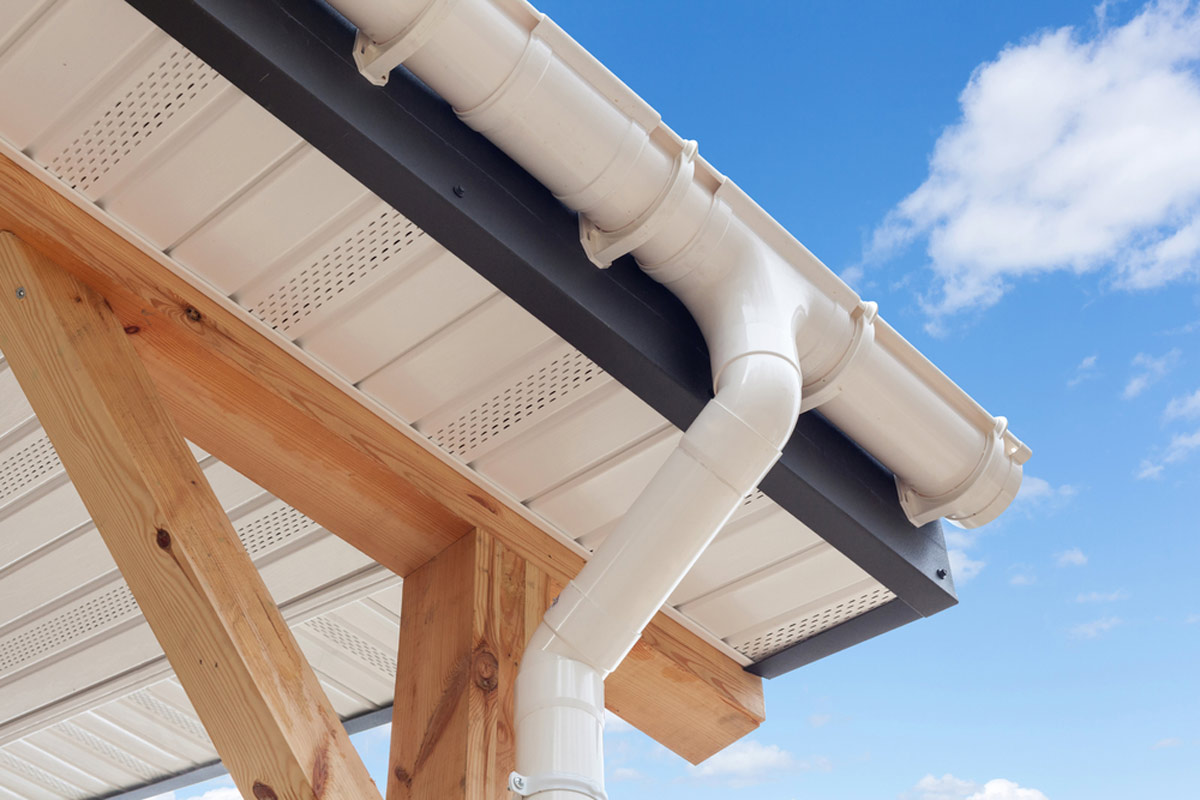
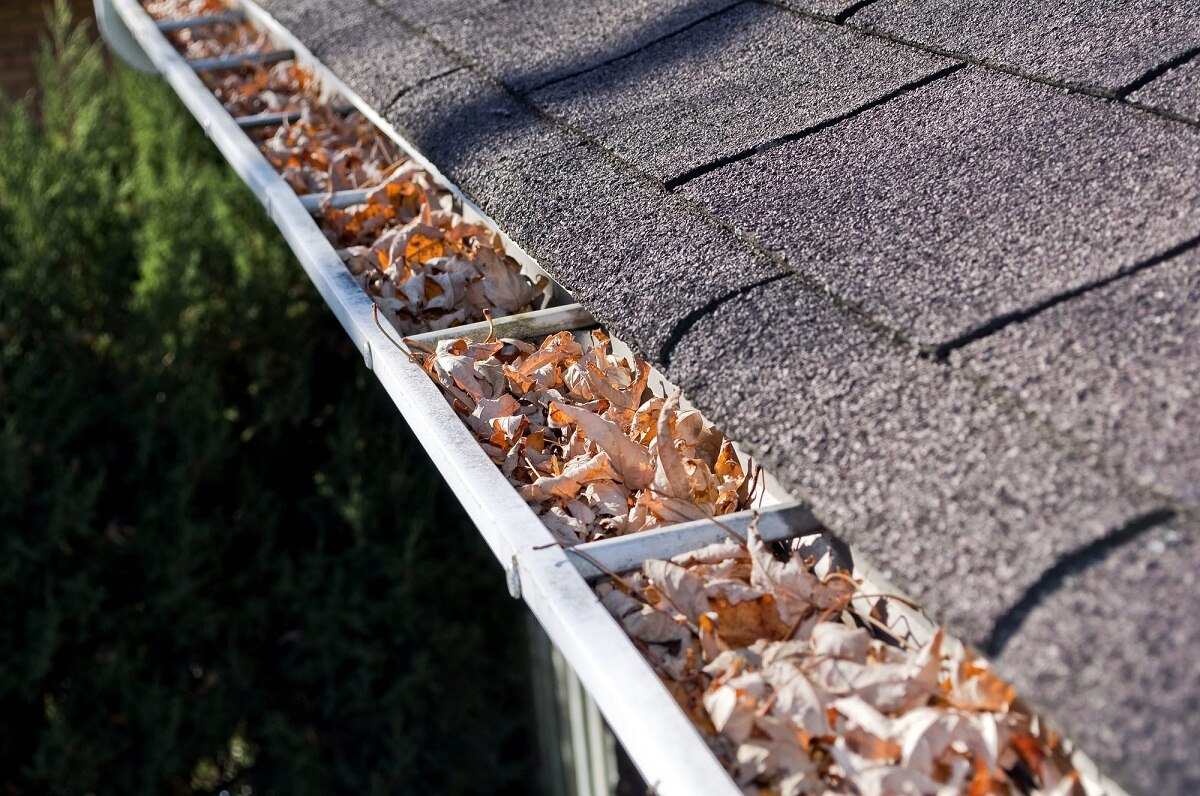
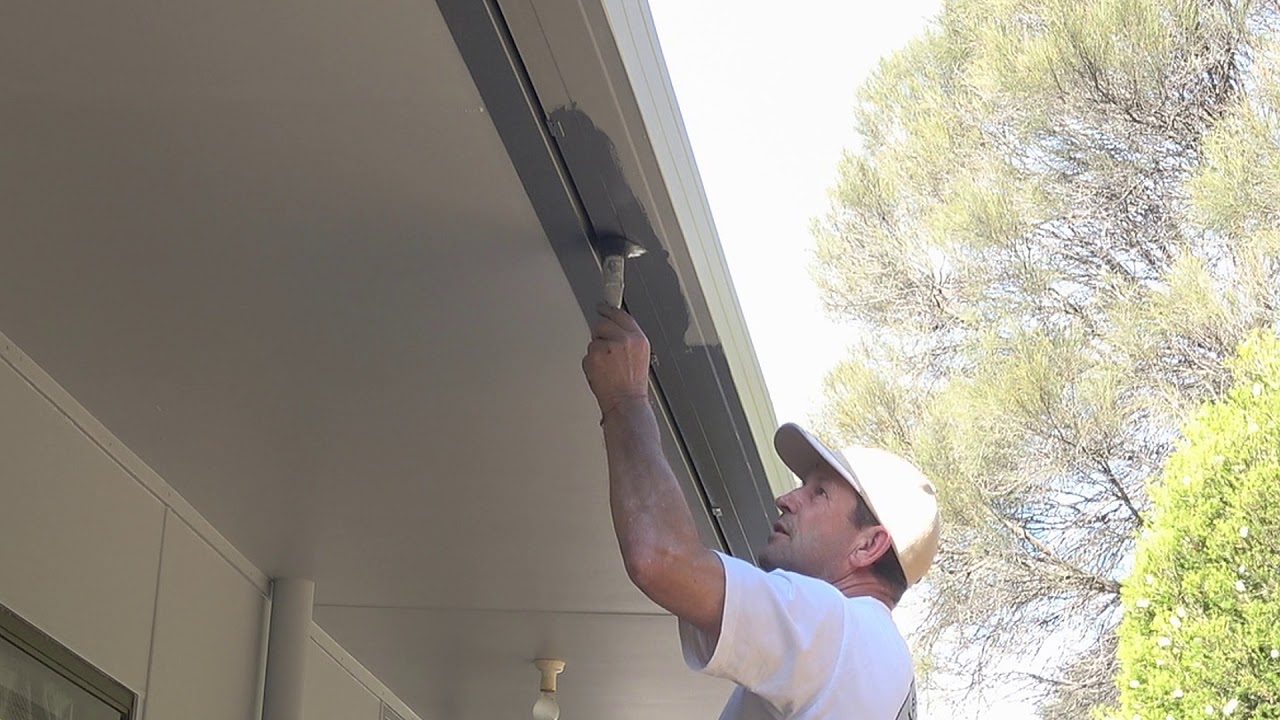
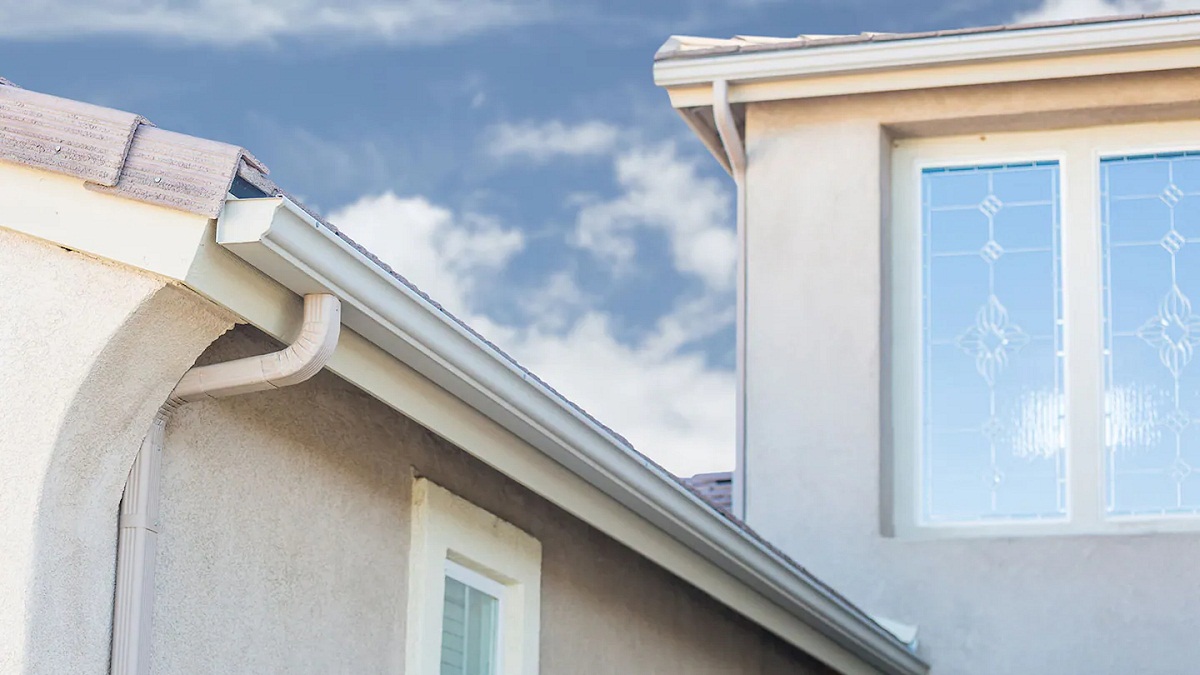
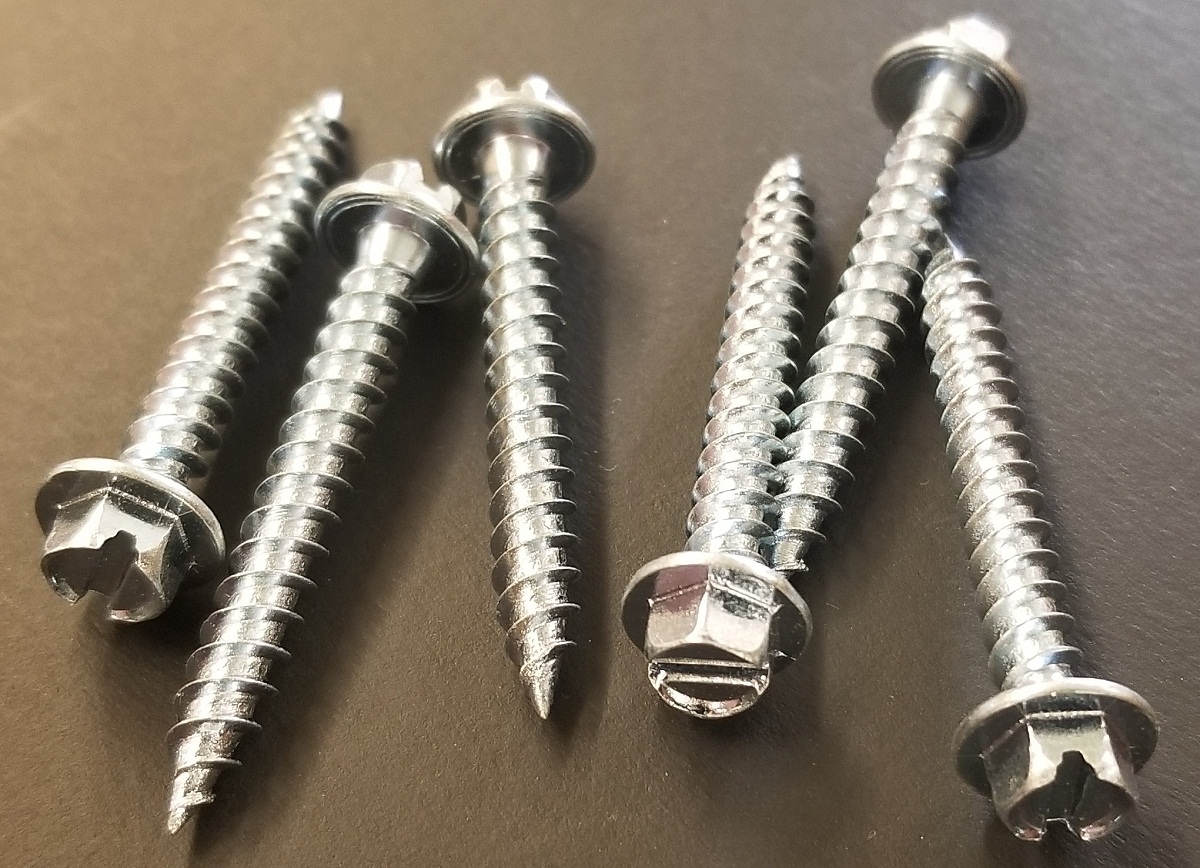
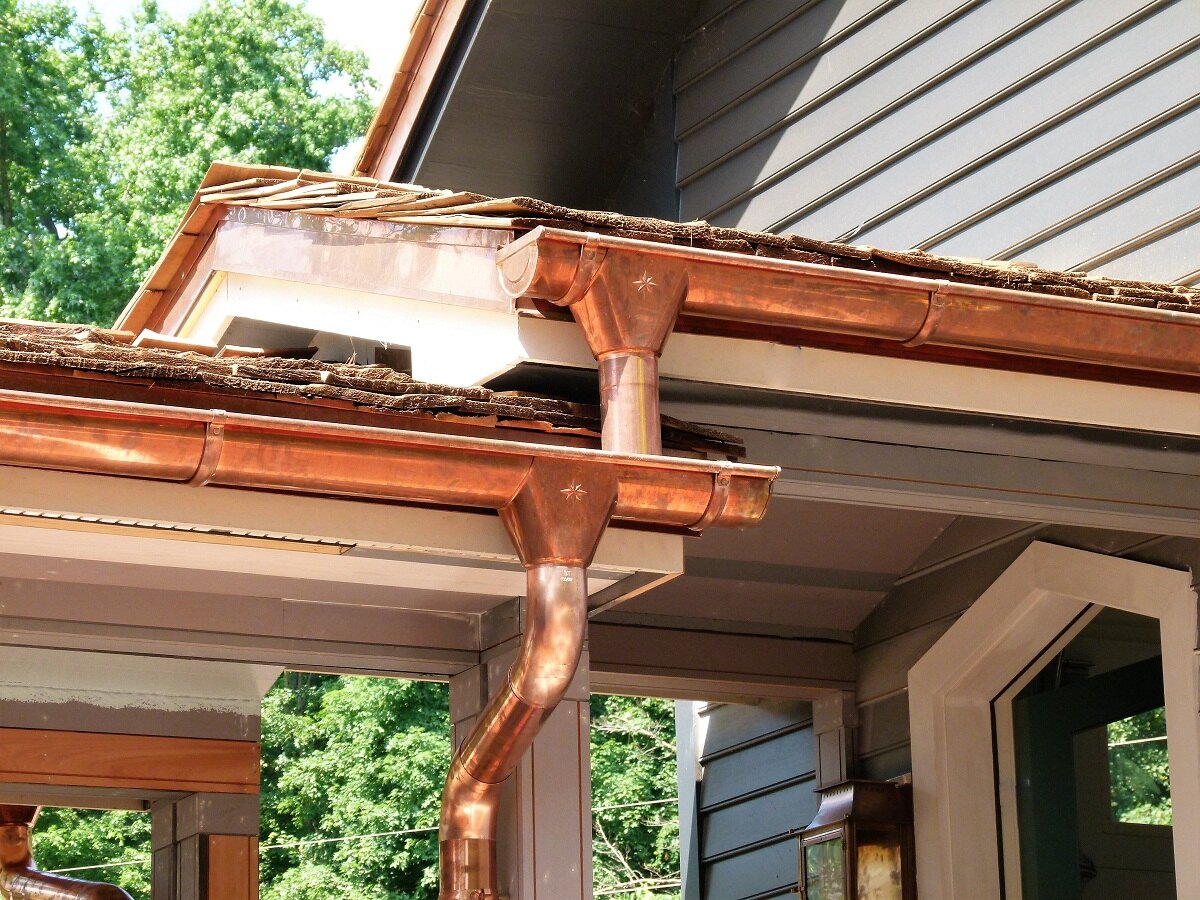
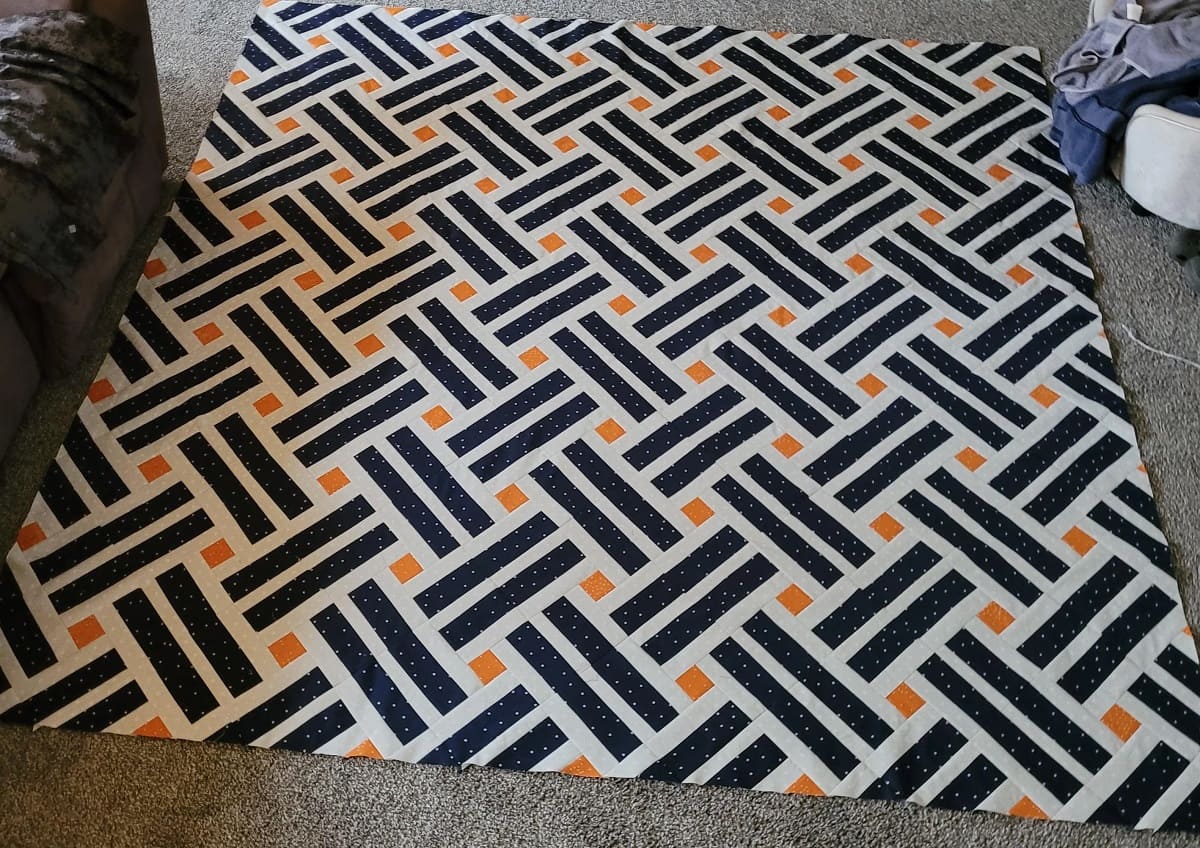


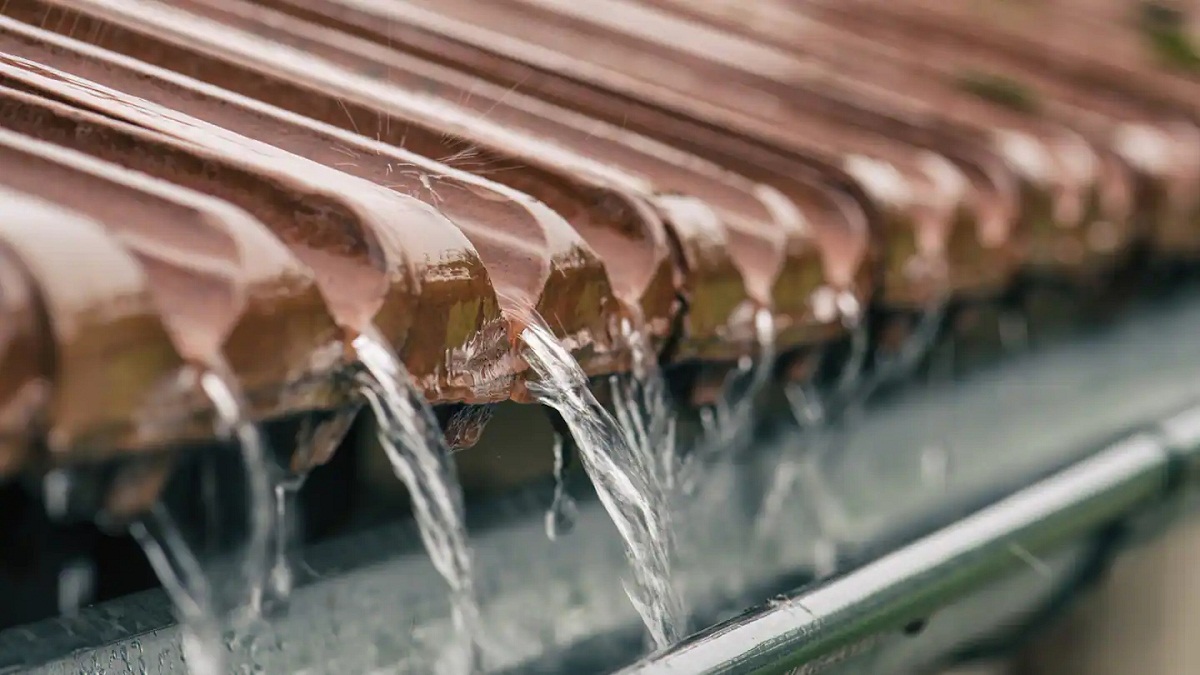
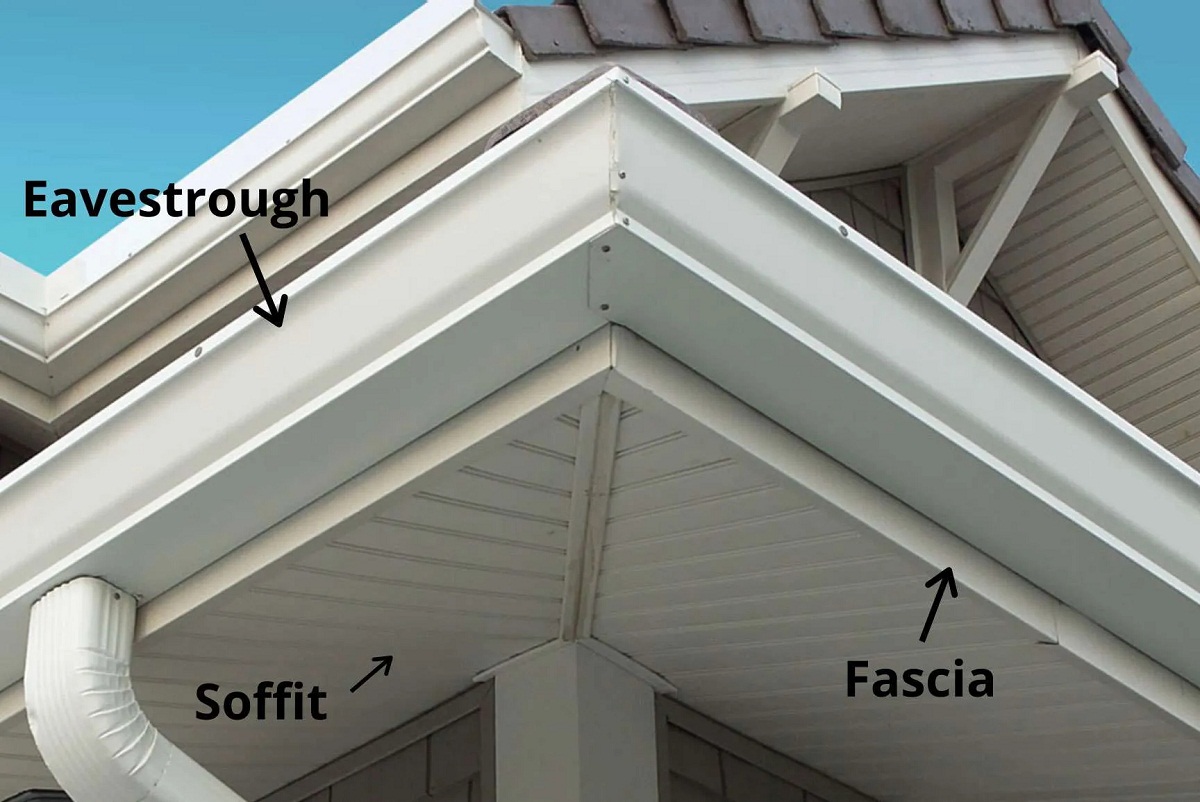
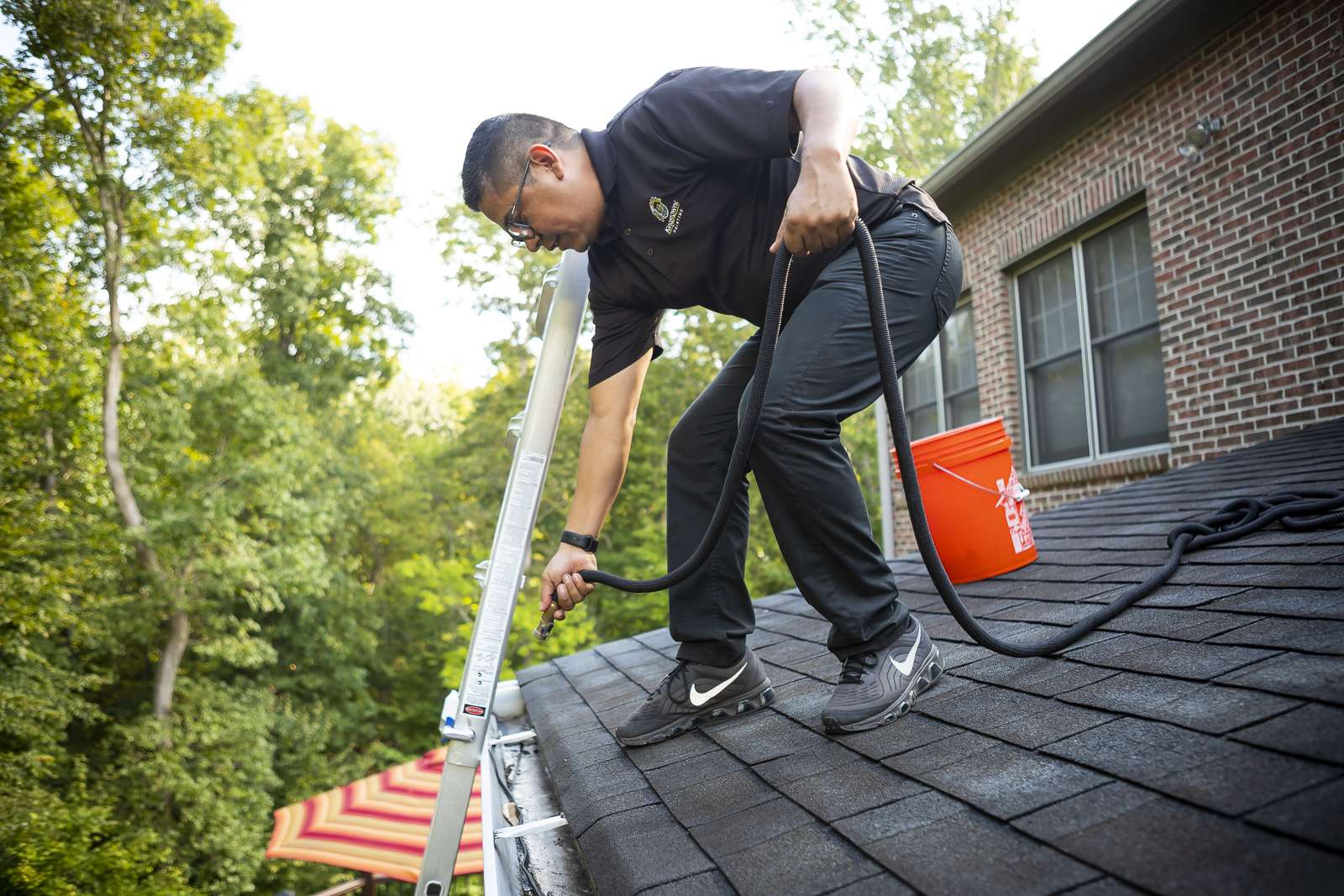
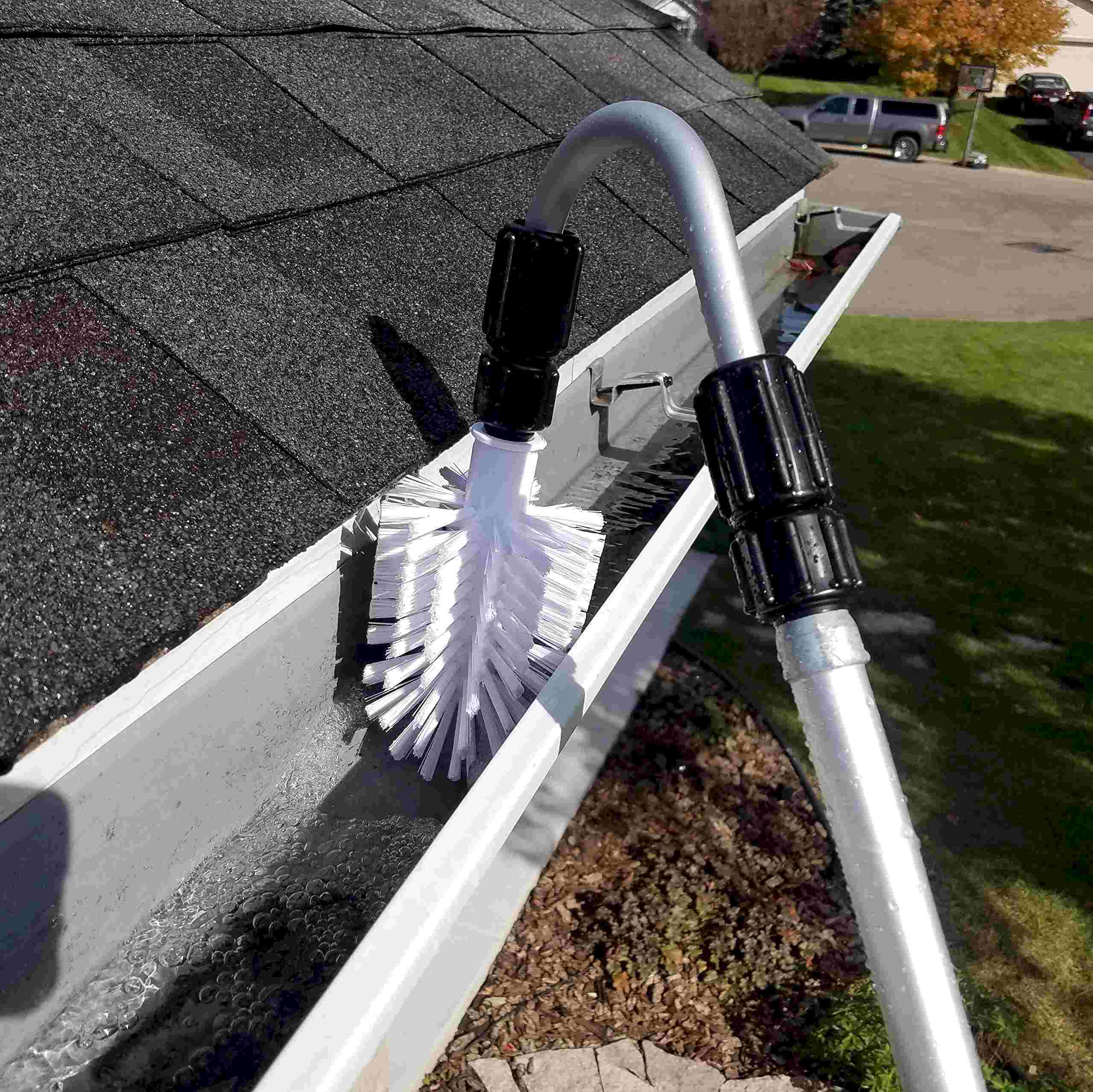
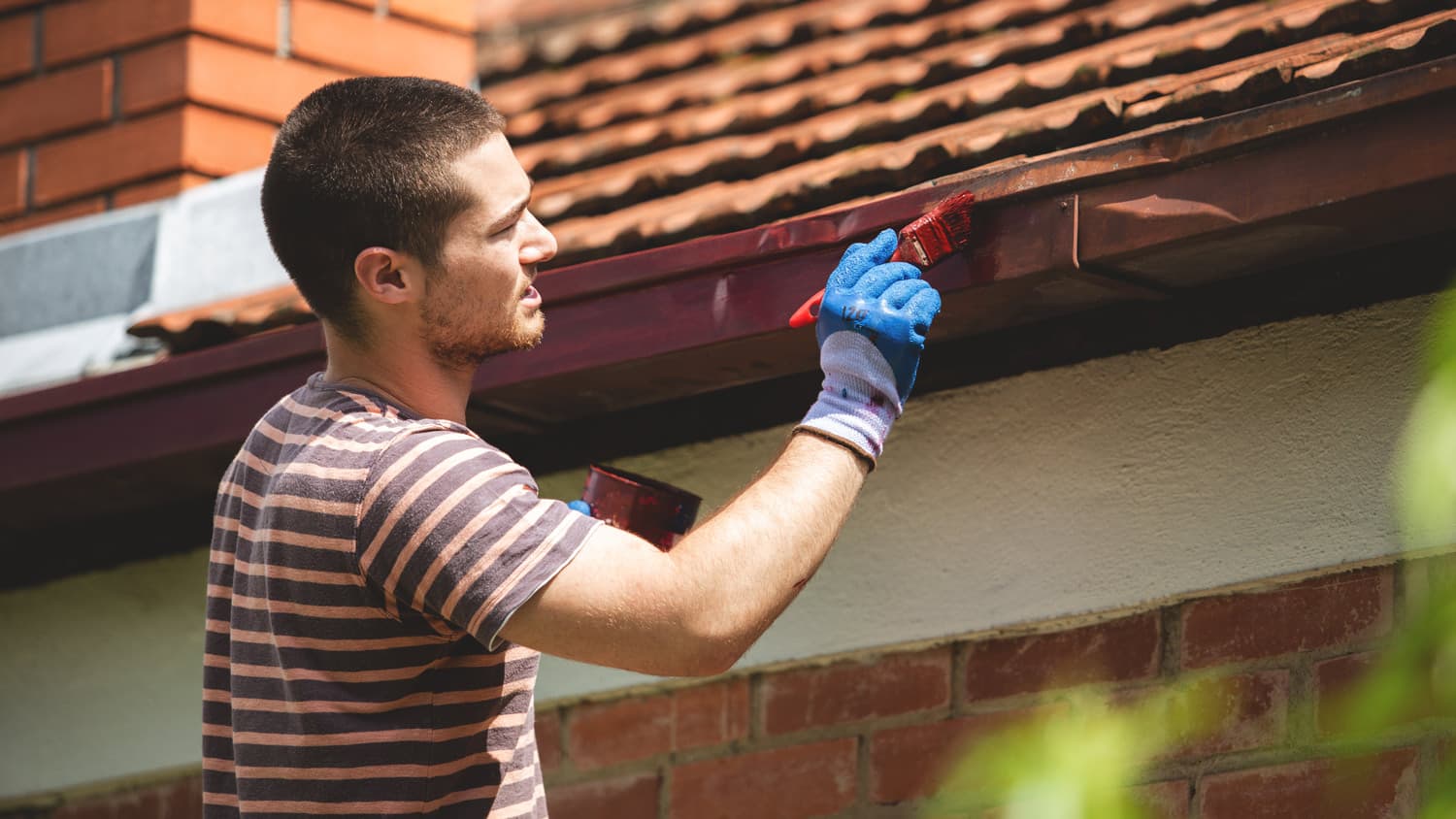

0 thoughts on “What Size Rivets For Gutters”